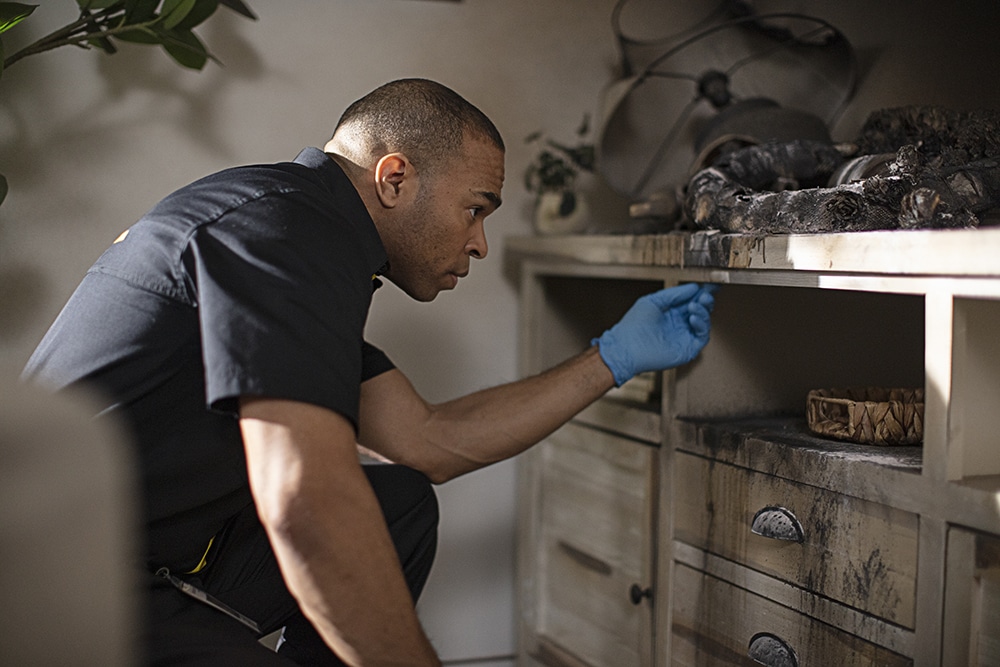
When a fire strikes a home, the damage extends far beyond what is visible to the naked eye. While charred walls and scorched furniture are immediate concerns, the impact on electronics and appliances is often underestimated. These devices, essential to modern living, are highly sensitive to heat, smoke, and soot. Restoring them after fire and smoke damage is a delicate process that requires technical expertise, patience, and a clear understanding of how fire-related contaminants affect electronic components. Homeowners must approach this task with caution to avoid further damage and ensure safety.
Understanding the Effects of Fire and Smoke on Electronics
Electronics and appliances are vulnerable to both direct and indirect consequences of fire. Heat can warp plastic casings, melt internal wiring, and damage circuit boards. Even if a device appears physically intact, exposure to high temperatures may have compromised its functionality. Smoke, composed of fine particles and gases, infiltrates devices through vents and seams. These particles are acidic and conductive, meaning they can corrode metal contacts and create short circuits. Soot, a byproduct of incomplete combustion, settles on surfaces and can interfere with electrical signals. Moisture from firefighting efforts adds another layer of complexity, increasing the risk of corrosion and mold growth inside devices.
Initial Safety Precautions

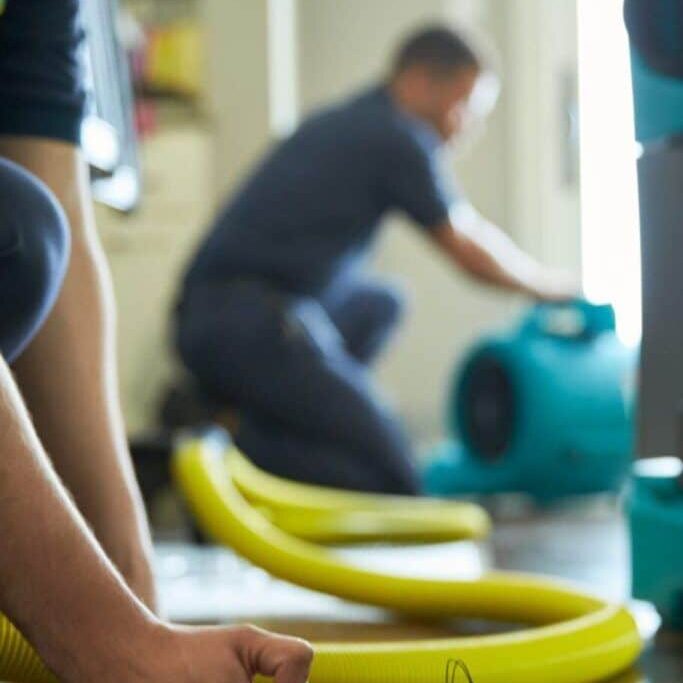
Before attempting to restore any electronics or appliances, safety must be the top priority. Devices exposed to fire and smoke should never be powered on until they have been inspected and cleaned. Turning on a contaminated device can cause electrical shorts, sparks, or even secondary fires. Homeowners should disconnect all affected electronics from power sources and avoid using them until cleared by a professional. It is also important to wear protective gear when handling damaged devices, as soot and smoke residues can be harmful to skin and lungs.
Professional Assessment and Cleaning
The restoration process begins with a thorough assessment by qualified technicians. Professionals examine each device to determine the extent of damage and whether restoration is feasible. This evaluation includes visual inspection, diagnostic testing, and sometimes disassembly to check internal components. Devices that are deemed salvageable undergo specialized cleaning procedures. Technicians use tools such as compressed air, isopropyl alcohol, and ultrasonic cleaners to remove soot and contaminants. Circuit boards and connectors are carefully cleaned to restore conductivity and prevent corrosion. In some cases, parts may need to be replaced to ensure proper functionality.
Addressing Appliances with Mechanical Components
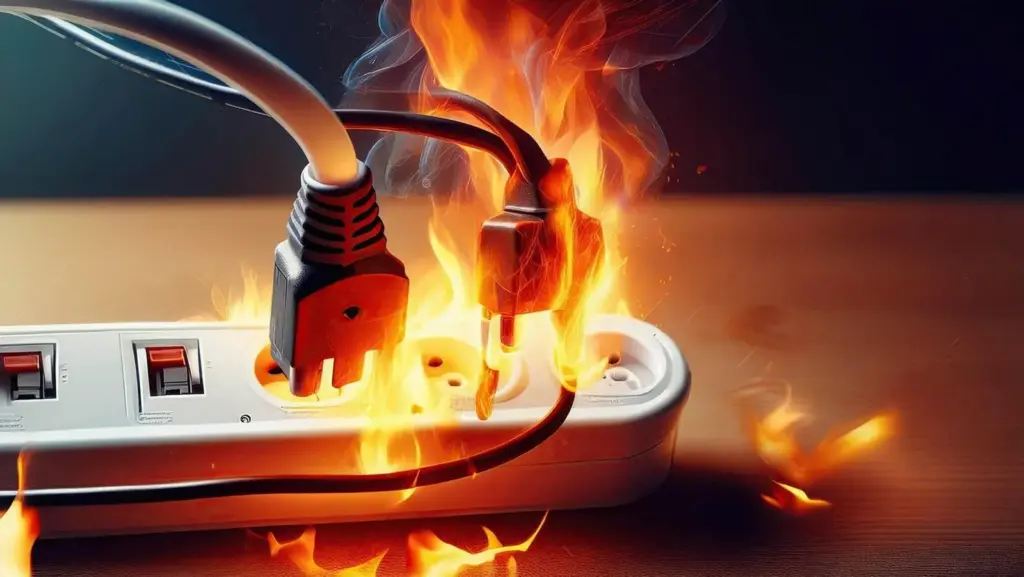
Large appliances such as refrigerators, washing machines, and ovens present unique challenges. These devices contain both electrical and mechanical components, each of which can be affected differently by fire and smoke. Motors, belts, and bearings may be damaged by heat or contaminated by soot. Control panels and wiring harnesses are particularly vulnerable to smoke infiltration. Restoration professionals like fire damage contractors inspect these appliances for signs of wear, corrosion, and electrical faults. Cleaning involves removing panels, vacuuming internal compartments, and sanitizing surfaces. If an appliance has been exposed to excessive heat or moisture, replacement may be the safest option.
Data Recovery and Digital Devices
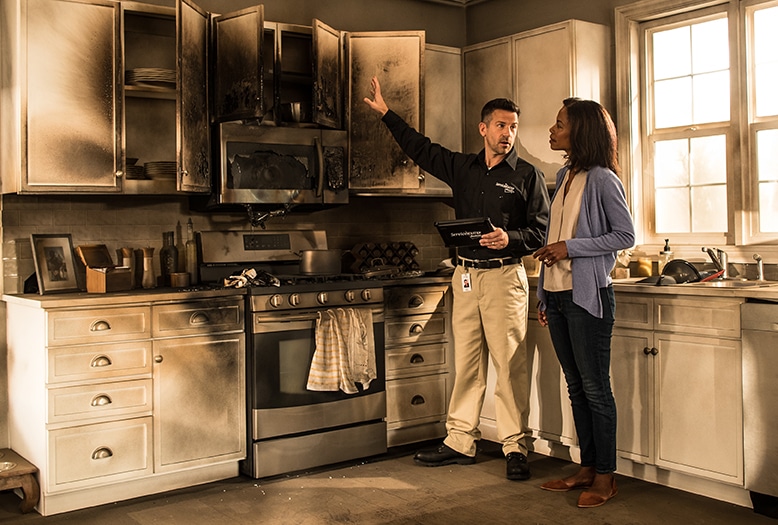
Computers, smartphones, and other digital devices often contain valuable data that homeowners are eager to recover. Fire and smoke can damage hard drives, solid-state drives, and memory cards, but data recovery is sometimes possible. Specialists use cleanroom environments and advanced software tools to retrieve information from damaged storage media. It is important to avoid attempting data recovery without professional help, as improper handling can result in permanent loss. Once data is recovered, devices can be evaluated for repair or replacement based on their condition and value.
Preventing Future Damage During Restoration
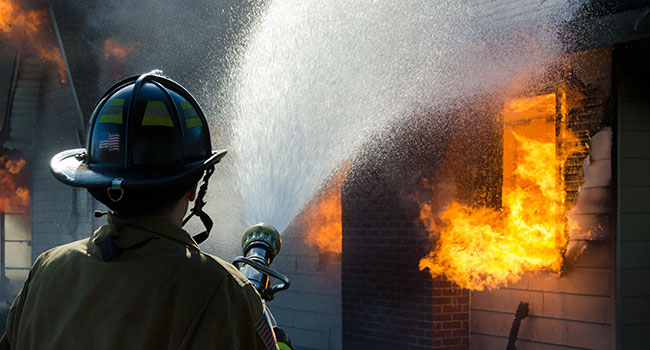
During the restoration of electronics and appliances, environmental control is essential. High humidity, airborne particles, and temperature fluctuations can hinder the cleaning process and cause further deterioration. Restoration teams use air scrubbers, dehumidifiers, and climate control systems to maintain optimal conditions. Devices should be stored in clean, dry areas away from contaminants. Labeling and organizing items also helps track progress and ensures that nothing is overlooked. Communication between homeowners and technicians is key to setting expectations and making informed decisions about repair versus replacement.
Insurance Considerations and Documentation
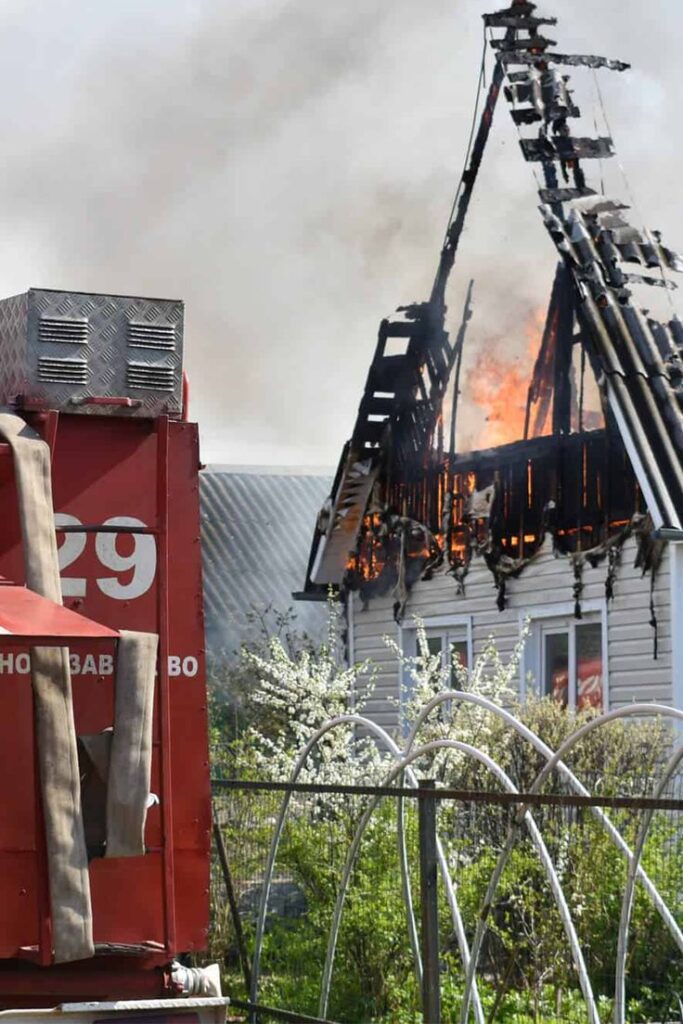
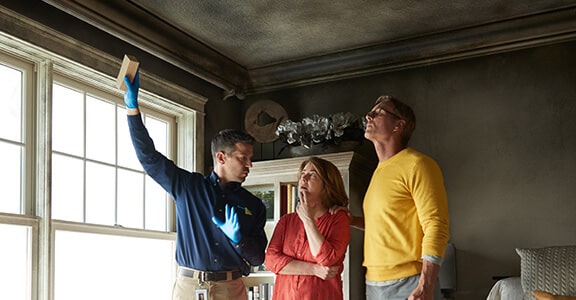
Restoring electronics and appliances after fire and smoke damage often involves navigating insurance claims. Homeowners should document all affected devices, including make, model, serial number, and estimated value. Photographs and receipts can support the claim and expedite reimbursement. Insurance adjusters may request professional assessments to determine whether restoration is cost-effective. Working with restoration companies that understand insurance procedures can simplify the process and ensure that claims are handled efficiently. In some cases, policies may cover data recovery and temporary replacement of essential devices.
Conclusion
Restoring electronics and appliances after fire and smoke damage is a meticulous and technically demanding process. These devices are integral to daily life, and their recovery requires a blend of safety awareness, professional expertise, and strategic planning. By understanding the effects of fire-related contaminants, taking appropriate precautions, and working with qualified technicians, homeowners can salvage valuable equipment and restore functionality. While not every device can be saved, a thoughtful and informed approach can minimize losses and support a smoother transition back to normalcy. For expert care and rapid recovery after fire or water damage, trust the certified professionals at NYCrestoration.com to bring your property back to life.
- 0shares
- Facebook0
- Pinterest0
- Twitter0


